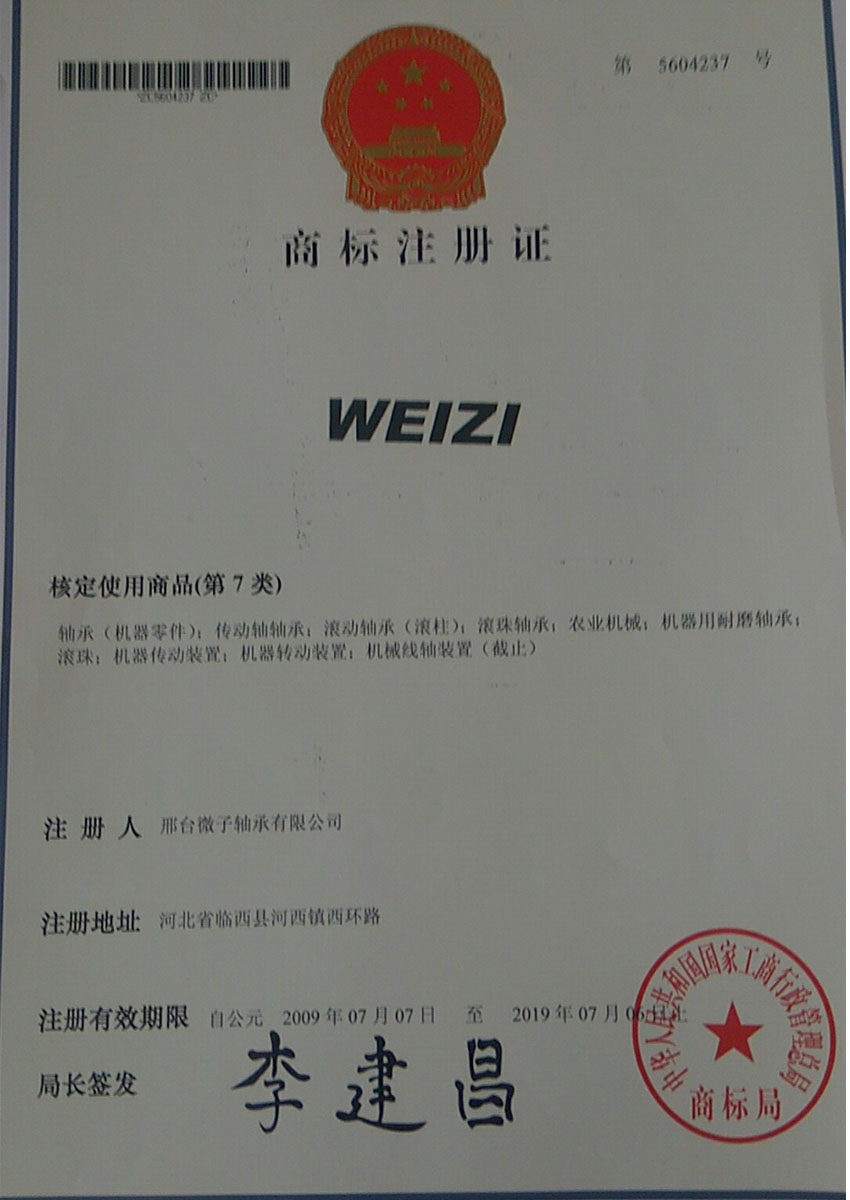
10 月 . 08, 2024 10:06 Back to list
Understanding Angular Contact Ball Bearings and Their Applications
Understanding Angular Contact Ball Bearings
Angular contact ball bearings are critical components in various industrial machinery and equipment, designed to handle both radial and axial loads. Unlike standard ball bearings, which can primarily support radial loads, angular contact ball bearings are engineered to accommodate axial loads due to their unique construction. The versatility and reliability of these bearings make them ideal for applications in areas such as automotive, aerospace, and manufacturing.
At the heart of an angular contact ball bearing is the unique angle at which the inner and outer ring raceways are set. This design feature allows the bearing to support axial loads in one direction while simultaneously accommodating radial loads. The angular contact is described by the contact angle, which is the angle between the line connecting the points of contact and the line perpendicular to the axis of the bearing. A larger contact angle typically means that the bearing can carry a higher axial load but may have a lower radial load capacity. Conversely, a smaller contact angle increases radial load capacity but reduces ability to handle axial loads.
One of the notable advantages of angular contact ball bearings is their ability to enable higher speed operations. This is particularly important in applications like electric motors and high-speed spindles, where efficiency and performance are paramount. Additionally, they are available in various configurations, including single-row and double-row designs, allowing for customization based on specific load requirements and spatial constraints.
angular contact ball

Installation and maintenance of angular contact ball bearings require careful attention to detail. Proper alignment and precision are essential to ensure optimal performance and longevity. Bearings that are misaligned or inadequately lubricated can experience premature wear, leading to costly downtimes and repairs. Therefore, using the right lubrication, often a high-quality grease or oil, is vital to minimize friction and heat generation, ultimately extending the bearing's service life.
In industrial settings, angular contact ball bearings are often subjected to challenging conditions, including high speeds, variable loads, and temperature fluctuations. The ability of these bearings to perform reliably under such conditions has made them indispensable in modern engineering solutions.
In conclusion, angular contact ball bearings play a pivotal role in enhancing the efficiency and performance of various machinery and equipment. Their unique design enables them to effectively manage both radial and axial loads, making them suitable for a wide range of applications. Understanding their characteristics, proper installation techniques, and maintenance requirements can greatly contribute to their longevity and efficiency, ultimately benefitting various industrial sectors. As technology continues to evolve, the importance of these bearings in achieving mechanical precision and reliability will only increase.
Latest news
-
Unlocking Efficiency with Spherical Roller Bearings
NewsOct.29,2024
-
The Ultimate Guide to Thrust Ball Bearings
NewsOct.29,2024
-
The Power of Thrust Roller Bearings: Engineered for Excellence
NewsOct.29,2024
-
The Power of Deep Groove Ball Bearings for Your Application Needs!
NewsOct.29,2024
-
The Power and Performance of Cylindrical Roller Bearings
NewsOct.29,2024
-
High-Quality Ball Bearing Manufacturing Machines
NewsOct.29,2024
